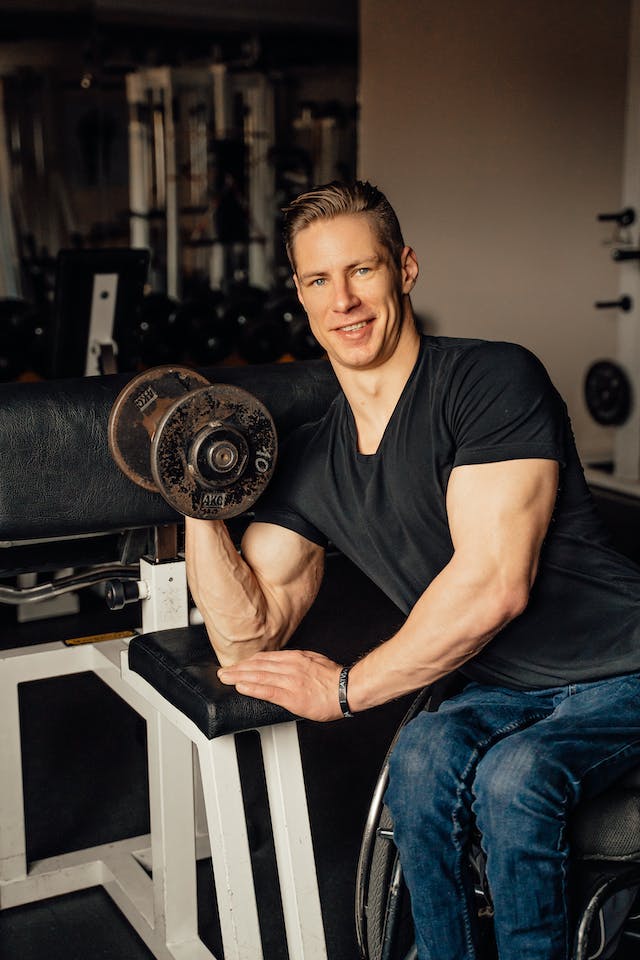Geschatte leestijd: 2 minuten
The best exercises to grow muscles and burn fat? They don’t exist. The basis of dry training mainly comes down to adjusting your diet, especially the amount of calories and the composition of macronutrients. To develop muscle definition, you need to ensure that your body fat percentage decreases so that you can make the built-up muscle mass more visible.
Dry training schedule
Because dry training is mostly a matter of nutrition rather than training, there is no specific
fitness schedule when you want to dry train. When you train with sufficient weight and intensity and within a rep range of 8 to 12 repetitions, with enough progressive overload, there is a good chance that you won’t need to make many adjustments to your training schedule. Doing more repetitions when you want to dry train is a myth, and there is a lack of scientific evidence to support that theory.
However, realize that the goal of dry training is weight loss. It’s not fun to see your weight go down, but it’s the goal: after all, otherwise, you can never show muscle definition and get your six-pack visible.
Before you start, you need to know what your body fat percentage is. That way, you can measure if you’re on the right track. Measuring your body fat percentage on a scale is often not accurate enough. And relying solely on your weight is not enough either.
Do you want to measure your body fat percentage without using complicated tables? There are body fat percentage meters that work like skinfold measurements, but they do the calculation for you.
Dry training schedule and your weight
It’s important to keep an eye on your weight. If you gradually, let’s say between 0.5 kg and 1 kg per week, go down in weight, chances are you’re on the right track. You can only say this with certainty once you measure your body fat percentage. Has your body fat percentage decreased compared to when you started? Then you’re doing well.
If you’re not losing weight, it doesn’t necessarily mean you’re on the wrong track. There are scenarios of people who didn’t eat well, and only started to see muscle growth when they started paying attention to their nutrition during dry training. This can be due to a better distribution of macronutrients. If you’re not losing weight in kilograms but your body fat percentage is going down, you don’t need to worry. If your body weight isn’t going down and neither is your body fat percentage, then you’re probably consuming too many calories.
If you want to know how many calories you need when you want to dry train and what nutrients they should consist of, read our article:
how to get lean

